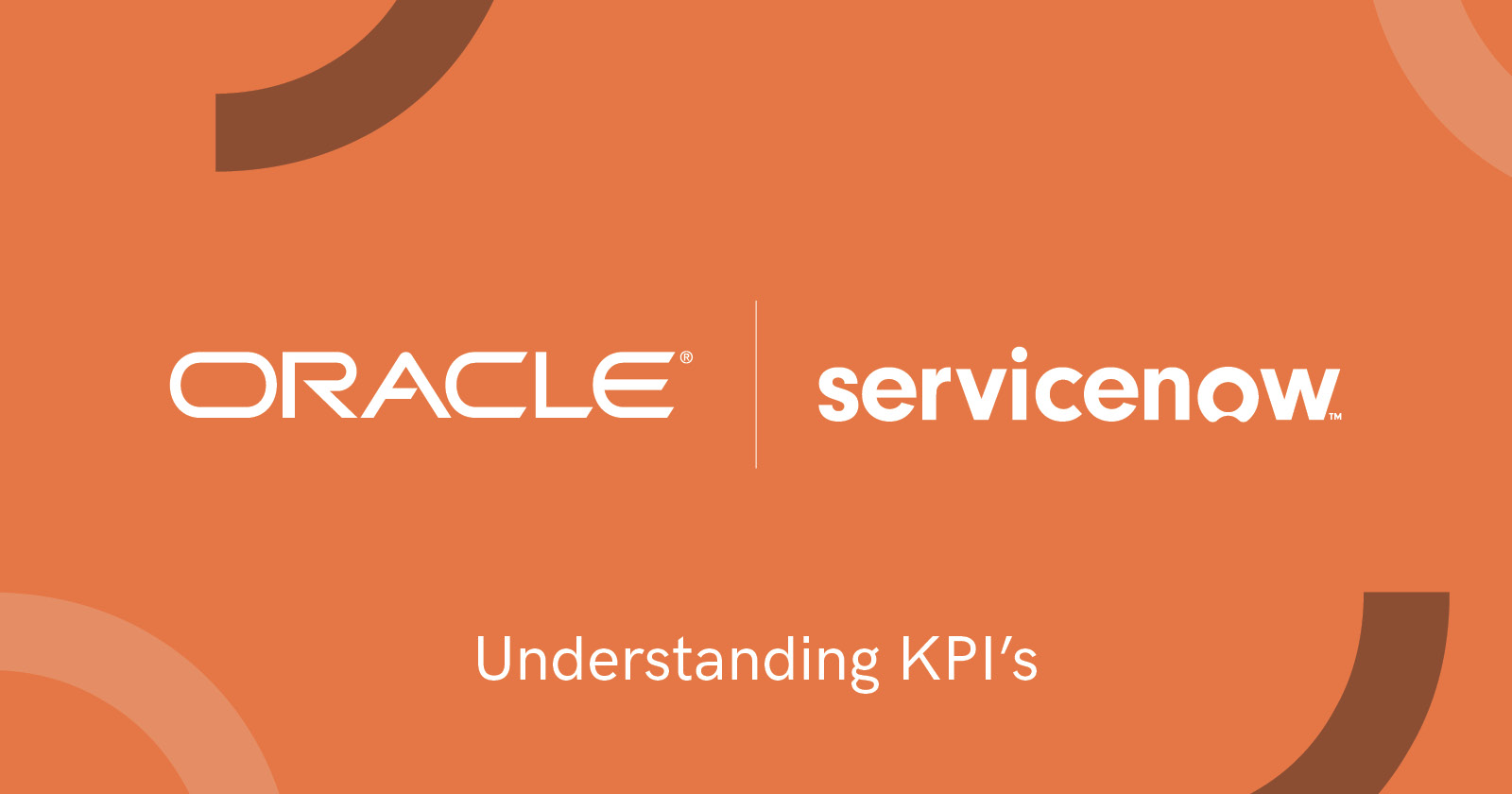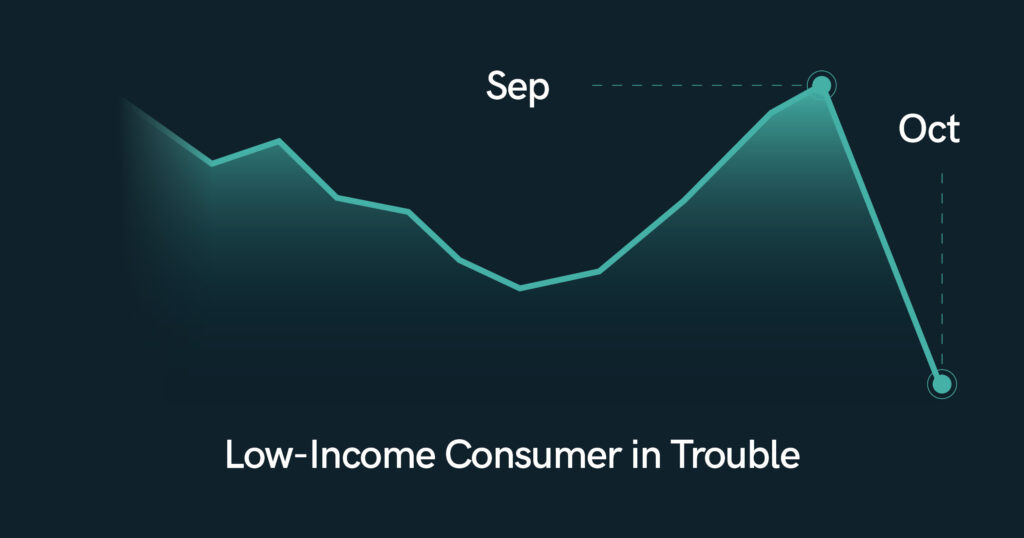Accounting Standards Codification (ASC) Topic 606: Revenue from Contracts with Customers, commonly referred to as ASC 606, changed how companies recognize revenue from contracts to be more formulaic, based on satisfying certain “performance obligations” (i.e., PO). These Remaining Performance Obligations (RPOs) and Current (cRPOs) are not on any of the financial statements, instead they are in earnings releases, footnotes and presentations. Understanding and modeling RPO (remaining performance obligations) and cRPO (current RPO) is critical in accurately forecasting future growth.
RPOs are particularly pertinent with large enterprise customers whose deals span multiple years. Two in particular that show the value of modeling RPOs are Oracle (ORCL) and ServiceNow (NOW). Using the Daloopa data sheet that extracted RPO and cRPO numbers from various sources, we can see the key underlying trends and takeaways.
As Oracle becomes more of a hyperscaler, albeit a distant 4thto AWS, GCP and Azure, they are building a tremendous amount of future contracted revenue. Their RPO has grown from $65 billion to $98 billion, a remarkable 53% y/y growth rate. Further, 62% (1-38% shown as cRPO) is for beyond 12 months which indicates that Oracle’s plan to reach $65 billion by FY’26 is not a far stretch with double-digit growth for the next two years if this trajectory continues.

ServiceNow continues to be a huge beneficiary of GenAI with their Now Assist product as process automation becomes a highly valued use case. As can be seen in their RPO metrics, RPO growth accelerated over the last two quarters with non cRPO growth accelerating indicating bigger, longer-term deals.

click here to download the latest ServiceNow datasheet.
To download the latest Oracle Datasheet, click here.



